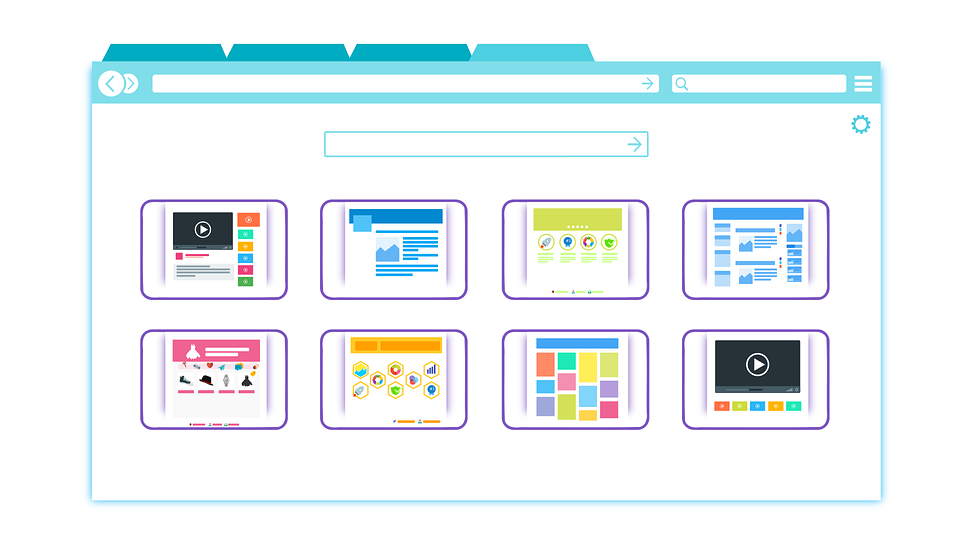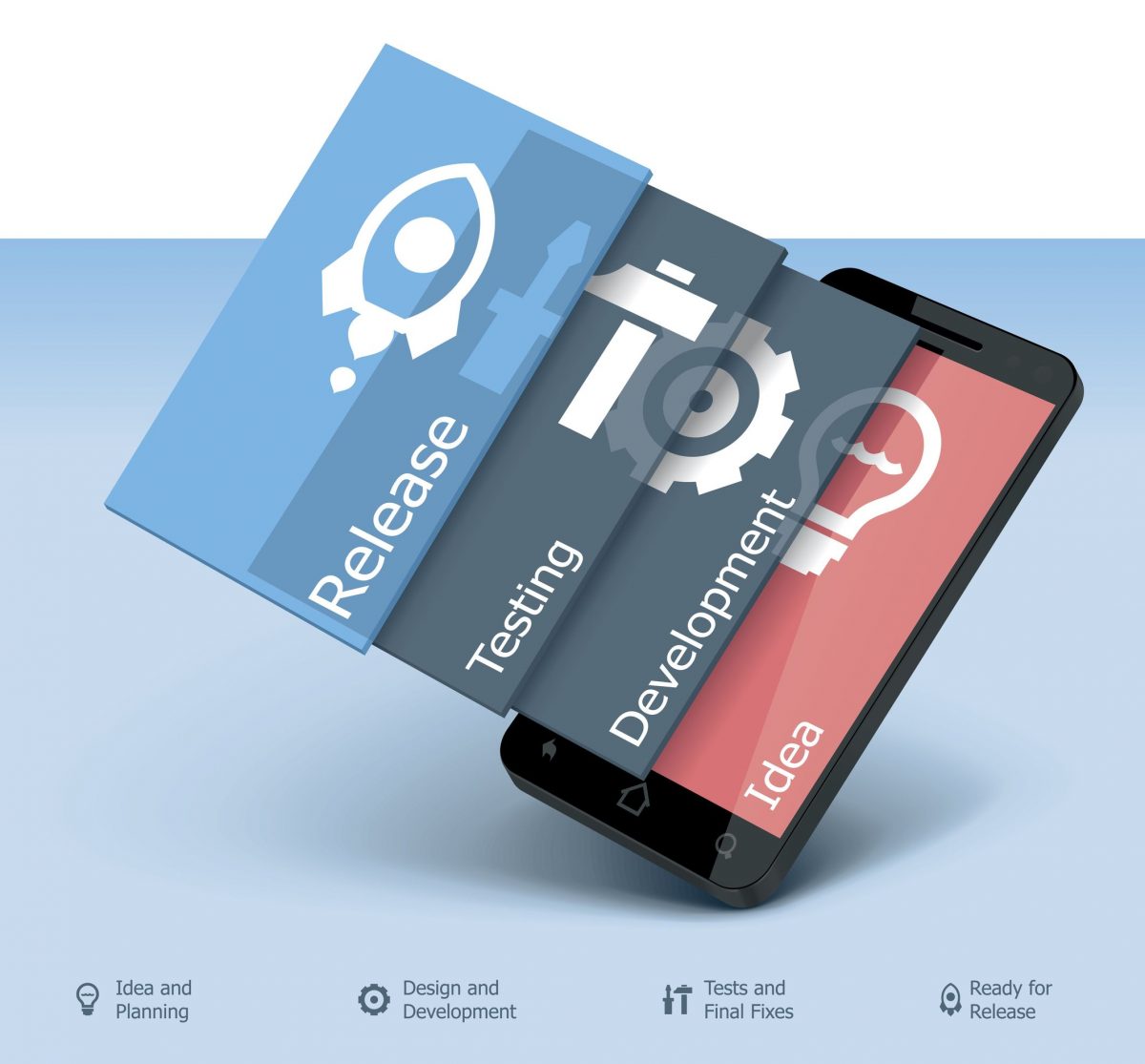
Online Videos; Why Are They So Successful?
If you’re a regular Internet user, you’ve probably seen more than one online video and more than two in the last few weeks. Don’t you find it much more comfortable to see the information you were looking for in a video, with images and a voice that explains it to you?
Online videos have become one of the most used tools by app development companies. It facilitates the promotion of their offers and services and reaches different sectors of the population. Although different individuals have different interests, they share a common interest: the use of the Internet.
We all know that the internet is available to any person, regardless of his/her location.
Advantages of online videos
However, online videos have many other advantages. Keep reading, and I’ll tell you the most relevant ones:
Low production cost
The ease offered by technological advances to be able to record on portable media such as mobile phones has made it possible for online videos to be possible not only for big companies with large capital. Online videos can be used by small businesses and even local businesses. It is not necessary to make online videos that rival the Hollywood blockbusters. However, you should not publish videos that offer a bad image of your business.
If you are a large company that has television ads, you always have the option of linking your online video with the advertising spot, creating synergies. Also, since the Internet allows you to measure the interaction of online video with the user, this will allow you to improve the effectiveness of television advertisements.

Do online videos impact on a company’s image?
It refers to catching the attention of the receiver. Online videos are important given its high attractiveness, which also allows certain brands or products to be remembered more easily.
Another important aspect of online videos is that it improves the differentiation of your business against competitors. It allows you to connect with the receiver through the images and emotions that you can awaken in him. All this translates into an increase in user confidence. It is necessary to note the need for creativity as a decisive factor for a video to trend or not. If you are successful, it is likely that your online video will be shared by the different social networks (the famous and sought after viral effect). This will increase your visibility and boost your sales increase.
Improve the permanence time of your web page
What is that? So simple: it refers to the time in which a user is on certain pages. Statistics have shown that users spend more time on websites that have online and explanatory videos than on those that does not.
It also improves SEO
It is also important to note how online videos improve the SEO positioning of your website. It is known that Google loves videos. So, if you add some videos to your website, you will improve your ranking position on Google search.
Do not let them copy you
A common and quite penalized practice by Google is the copying of content from other websites. However, copying an online advertising video is much more difficult. Therefore, in addition to enjoying greater security that you will not be plagiarized, you make sure that this one will be unique.
Do you want to make online videos to boost your business?
It is important to make online videos that will promote the image of your company. You should meet with top web development companies to hire WordPress developers to help you create websites where you can easily use online videos.
Do you want to make online videos?
Follow these steps when creating your website.
The first step is planning.
It is essential to determine, before its development, what are the objectives you want to achieve with your online video. You also have to know your target audience and be able to direct your video towards them.
The second step focuses on the recording of the online video itself.
It is important to clarify the importance of short videos, which provide more advantages than long videos. This is due to several reasons. In the first place, users do not usually watch long videos. It is also easier and faster for companies to create several short videos than a long one. Finally, the editing phase of these online videos is much simpler. It is also necessary to take into an account that there are many users who watch videos on portable platforms, whose reproduction is faster if those videos are short.
The next step is the editing of your online video.
A good tip is to insert the link to your web page in the video. In this way, if the user is interested, he can access your website to get more information. Another important thing is to include the logo or title that identifies and shows what the video is about. This will make it easier for the user to know what they are going to see. And, finally, you cannot stop making “a call to action” by encouraging the recipient to use or buy what offers.
Now that you have your online video upload it to YouTube.
Do not worry if you have no idea how to do it; it’s the easiest thing to do. First, you have to create a YouTube channel for free. Then you only have to upload the video by adding the relevant information. I recommend that you do not forget this last one since fields like the title or the description make it easier for the user to know what they are seeing.
Approve!
If you want to increase the visibility of your online video, you only have to upload it to other social platforms, such as Twitter or Facebook. This will multiply the number of visits and the possibilities of sale.
Do you want to know the success of your online video? Well, go to the number of reproductions and statistics that the video shows you and thus measure your results.
Author Bio:
 Kenneth Evans is a Content Marketing Strategist for Top App Development Companies, a research platform for top app development companies in USA, UK, India, UAE, Australia and around the world. He has been contributing to various blogging platforms and Forums.
Kenneth Evans is a Content Marketing Strategist for Top App Development Companies, a research platform for top app development companies in USA, UK, India, UAE, Australia and around the world. He has been contributing to various blogging platforms and Forums.










